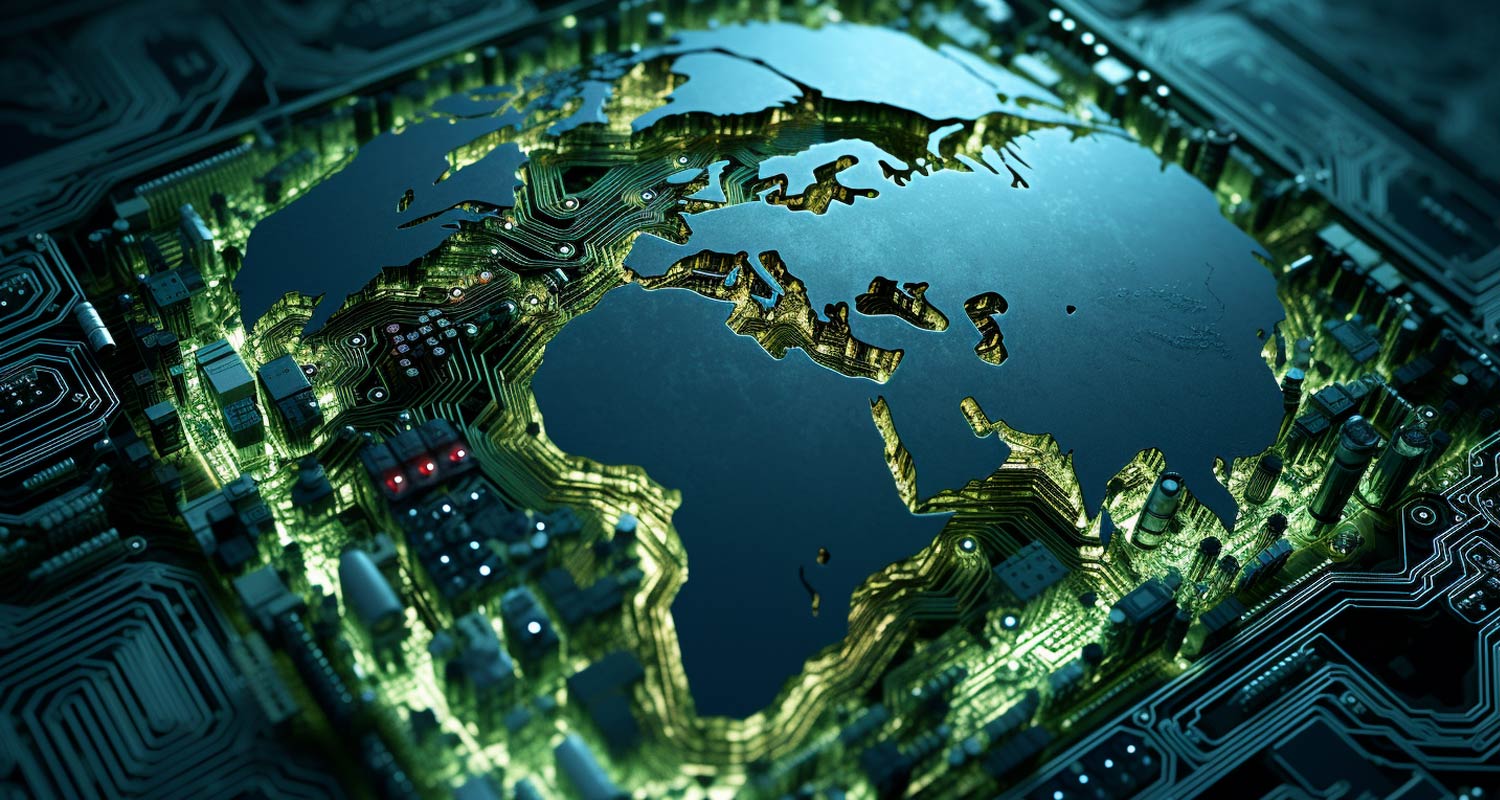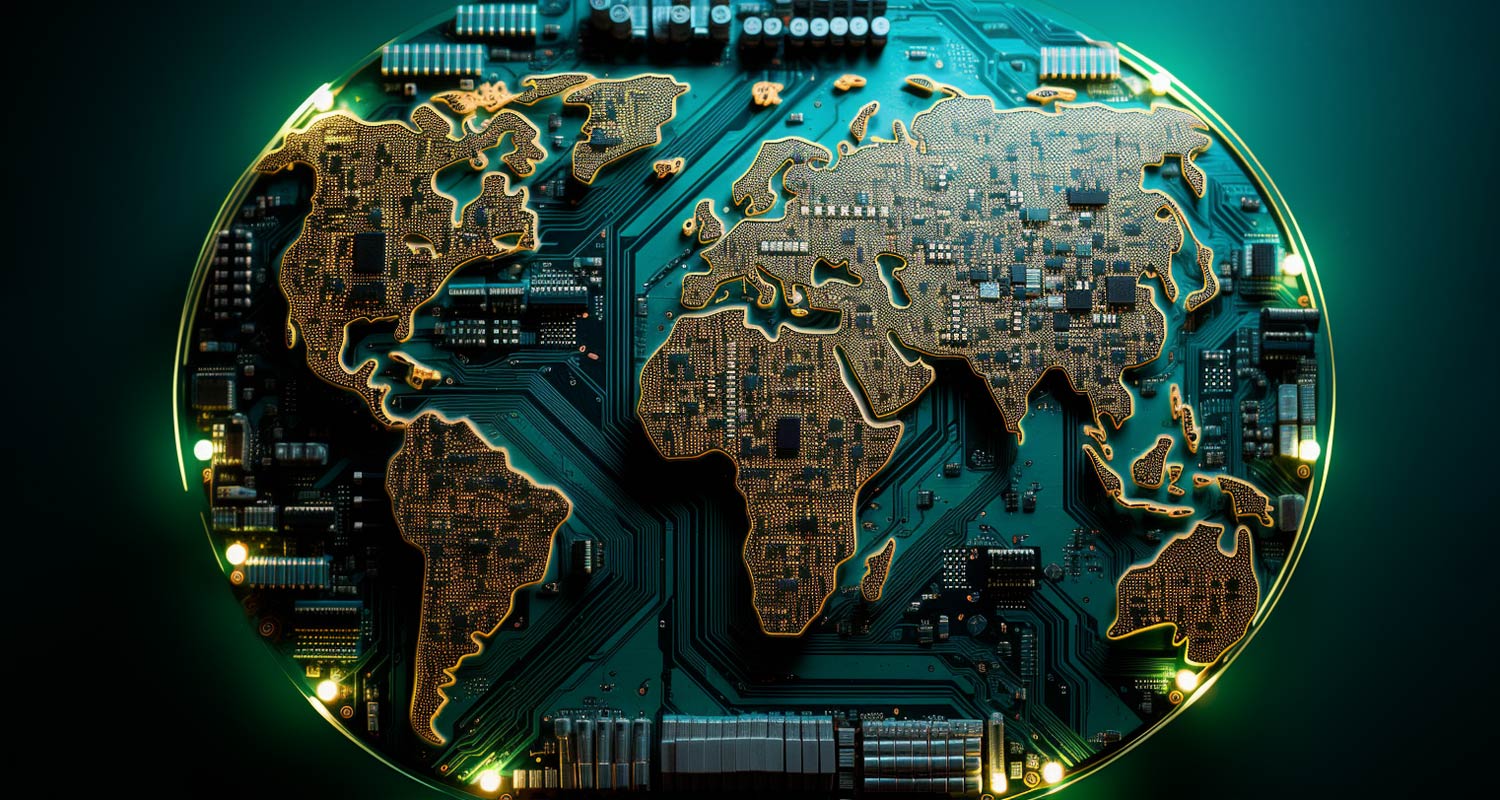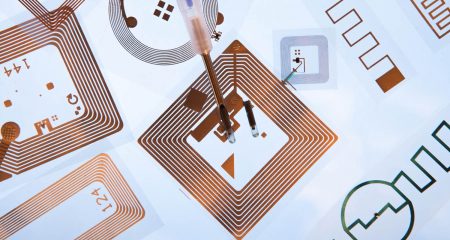 Today’s global economic landscape, marked by geopolitical crises and supply-chain issues, is leading entities in every sector to adopt new ICT solutions. By doing this, forward-thinking companies can turn digital challenges into a competitive edge, which is why understanding these important trends can help them make the right decision.
Today’s global economic landscape, marked by geopolitical crises and supply-chain issues, is leading entities in every sector to adopt new ICT solutions. By doing this, forward-thinking companies can turn digital challenges into a competitive edge, which is why understanding these important trends can help them make the right decision.
With this in mind, Altron Arrow shares the four “megatrends” that are reshaping the world as we know it.
Electrifying everything
The electric vehicle charging landscape is undergoing a profound transformation, characterised by greater intelligence and ubiquity. Beyond the mere extension of range, charging infrastructure is adapting to the evolving needs of today’s drivers and the advancing technical capabilities of electric vehicles.
In the realm of EV design and adoption, range anxiety is no longer a power-related concern only. Whether autonomous or not, modern cars are growing more intelligent, akin to sophisticated computers. Contemporary EVs conscientiously manage overall power consumption even as charging technology accelerates its progression towards speed, intelligence and widespread availability.
The typical EV driver now aims to cover more ground without frequent recharges, whether navigating urban terrains or embarking on extended journeys along rural highways. Consequently, the process of charging must become quicker and more effortless, akin to finding a conventional petrol station for a quick top-up.
Simultaneously, EVs are becoming smarter, incorporating advanced driver-assistance systems and entertainment features, all of which demand more power. This is why today’s EVs need advanced onboard charging capabilities, easily accessible charging infrastructure and reliable electronics that consume minimal power while extending the longevity of the vehicle.
Considering the substantial investments needed in terms of time and resources for charging infrastructure, it is crucial to anticipate future requirements and align these with evolving customer expectations. Such infrastructure must be resilient, compact, connected and adaptable for any EV, as well as withstanding diverse global weather conditions, whether blistering heat, freezing cold, dust or rain.
The rise of autonomous machines
The surge in number of autonomous machines is reshaping many industries, too. We are seeing new enthusiasm around the adoption of intelligent robots, automation and predictive analytics, all underpinned by today’s modern artificial intelligence, machine learning (ML) and edge computing.
Sectors such as manufacturing, logistics, healthcare and retail are undergoing a rapid transformation towards increased automation. In this era of 4IR, the amalgamation of AI, ML and high-speed networks is ushering in a new era of intelligent and collaborative robotics.
Moreover, the incorporation of immersive technologies such as augmented and virtual reality, coupled with the concept of digital twins, facilitates real-time monitoring, control and interaction with robots, bridging geographical distances without the need for a physical presence.
Furthermore, some forward-thinking companies are harnessing the capabilities of AI to enable harmonious interaction between human workers and their robotic counterparts, fostering new forms of collaboration and enhancing safety standards.
Take, for instance, Amazon’s logistics and fulfilment centres, where proactive safety measures have been implemented via select operators being outfitted with specialised vests equipped to transmit continuous signals. Given the high level of automation in Amazon’s facilities, the presence of people moving about could pose potential risks. These vests communicate the proximity of human workers, prompting nearby robots to promptly halt their operations and ensuring a safer working environment.
An age of intelligent environments
Popular culture has often captivated audiences with visions of virtual assistants capable of effortlessly manipulating entire buildings on command. Think of Iron Man’s Jarvis or the futuristic homes of The Jetsons, where many of these technological marvels seemed like long-distant fantasies of tomorrow.
However, over the past few decades, substantial advancements in sensor technology, AI and the internet of things (IoT) have catapulted the dream of intelligent buildings closer to reality.
Today, smart buildings across the globe harness cutting-edge smart-building technologies to enhance efficiency, elevate human productivity, ensure state-of-the-art safety measures and curtail maintenance expenses.
 These buildings seamlessly integrate the IoT into their framework, which is used for a wide range of purposes, including monitoring the efficiency of building infrastructure systems, optimising energy consumption in lighting based on occupancy, tailoring elevator operations to immediate needs, managing green-energy systems and much more.
These buildings seamlessly integrate the IoT into their framework, which is used for a wide range of purposes, including monitoring the efficiency of building infrastructure systems, optimising energy consumption in lighting based on occupancy, tailoring elevator operations to immediate needs, managing green-energy systems and much more.
In the United Arab Emirates, the Bee’ah headquarters, which opened its doors in May last year, is pioneering a groundbreaking AI-based smart concierge system. This platform assists employees and visitors alike in booking appointments, navigating the building, arranging transport and more.
Undoubtedly, IoT-driven solutions for smart buildings represent the future of energy efficiency and human productivity, and the IoT is poised to unlock the potential for even more groundbreaking technologies that have yet to be fully realised.
The future of power devices
Homes today grapple with several energy efficiency challenges, prompting users to examine where energy is commonly wasted within households and how innovative power devices can alleviate the problem.
Amid the global turmoil that is reshaping energy markets worldwide, the spotlight has suddenly swung onto alternative energy sources. Geopolitical uncertainties are destabilising fossil fuel markets in many nations, compelling both energy companies and consumers to seek solutions that have sustainability and reliability at their core.
One major challenge associated with alternative energy is its inherent variability, with energy production often lacking the immediate and consistent nature of traditional sources. In short, the quality of power generated can be unpredictable.
Nevertheless, progress within the semiconductor realm is heralding a new era of alternative energy sources and production capabilities, effectively unlocking the potential of these sustainable energy solutions.
There when it matters
Amid the ever-shifting global dynamics, rapid advent of electric vehicles, and the increased adoption of smart homes, opportunities for innovative alternative energy sources continue to soar.
Thanks to advancements in semiconductors and the increasing adoption of wide band-gap materials, the electronics industry stands poised to evolve in tandem with the impending challenges and opportunities presented by the changing energy landscape.
Many of these megatrends are driven by solutions that address some of the key challenges mankind is pressured to solve. We are privileged to work in an industry that can contribute with technology solutions and services.
Altron Arrow – there where it matters
If you’d like to know more, please contact us on altronarrow.com or follow us on Facebook, Twitter or LinkedIn. Alternatively, please contact Gyula Wendler on [email protected] or call 011 923 9709.
- Read more articles by Altron Arrow on TechCentral
- This promoted content was paid for by the party concerned




